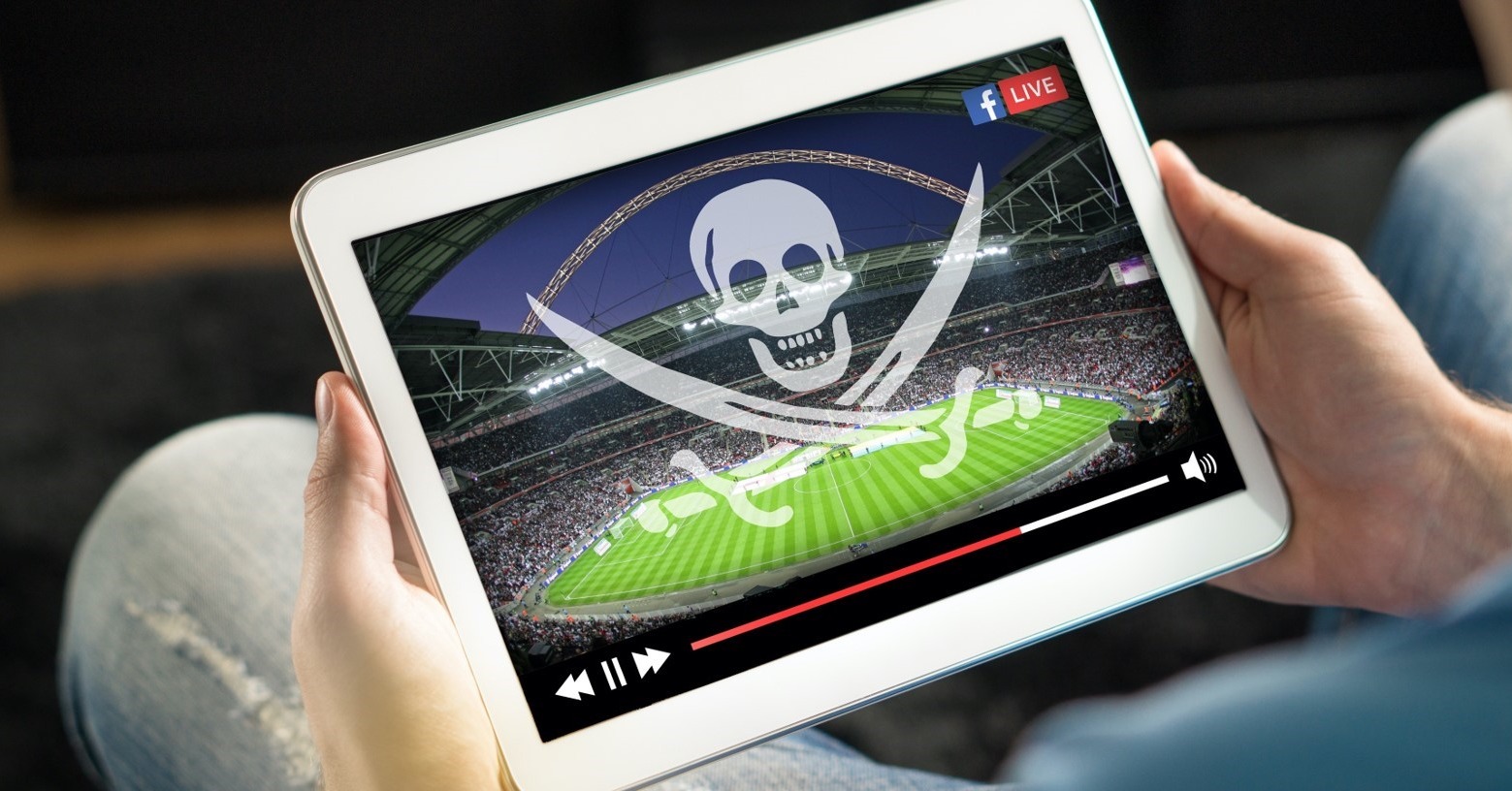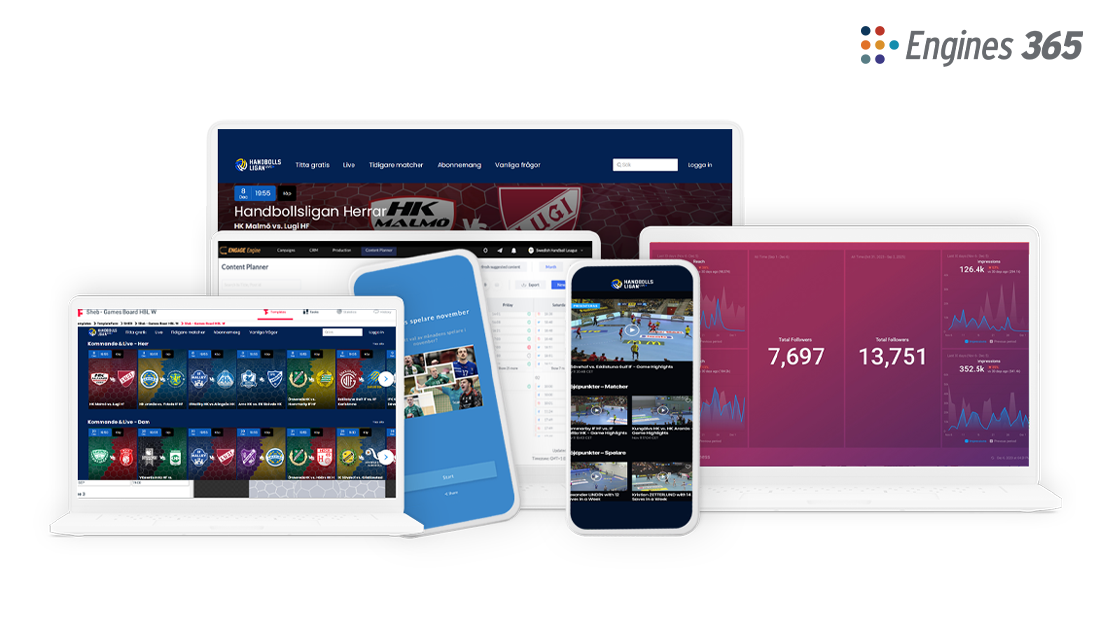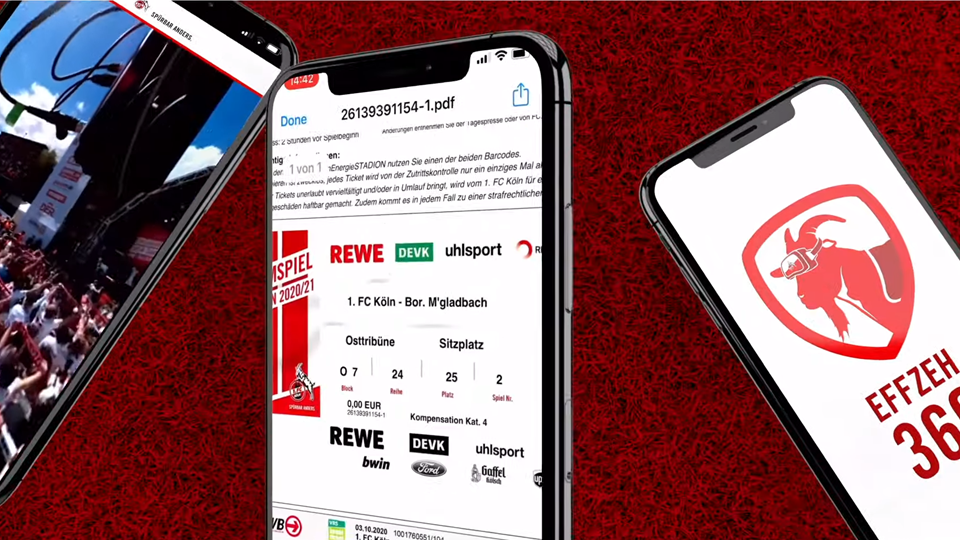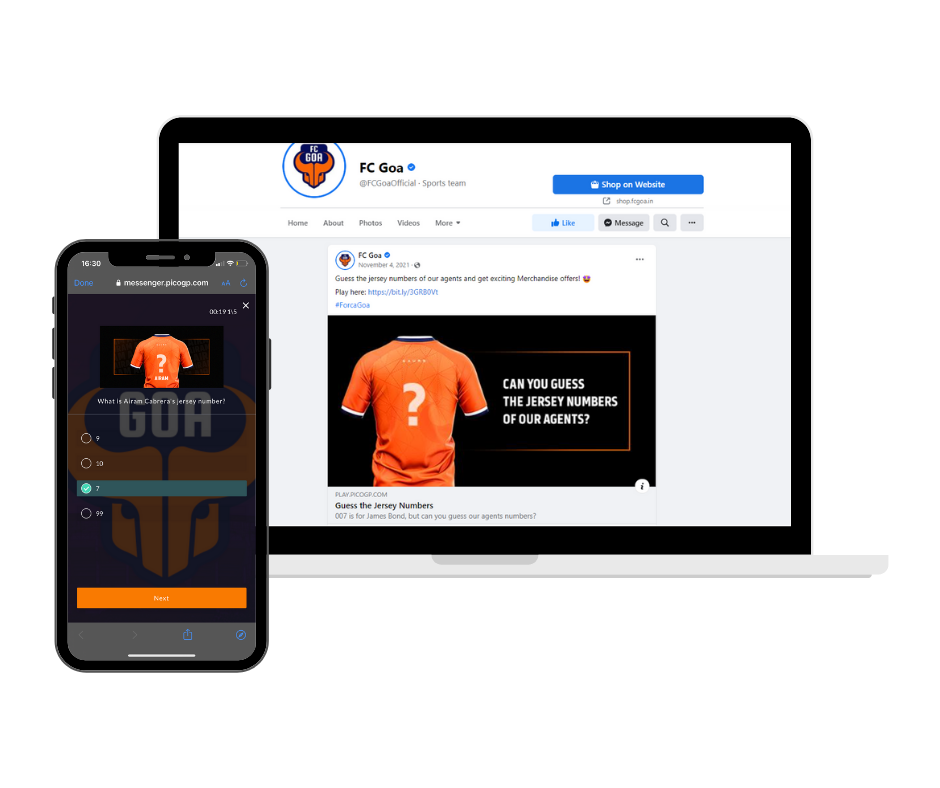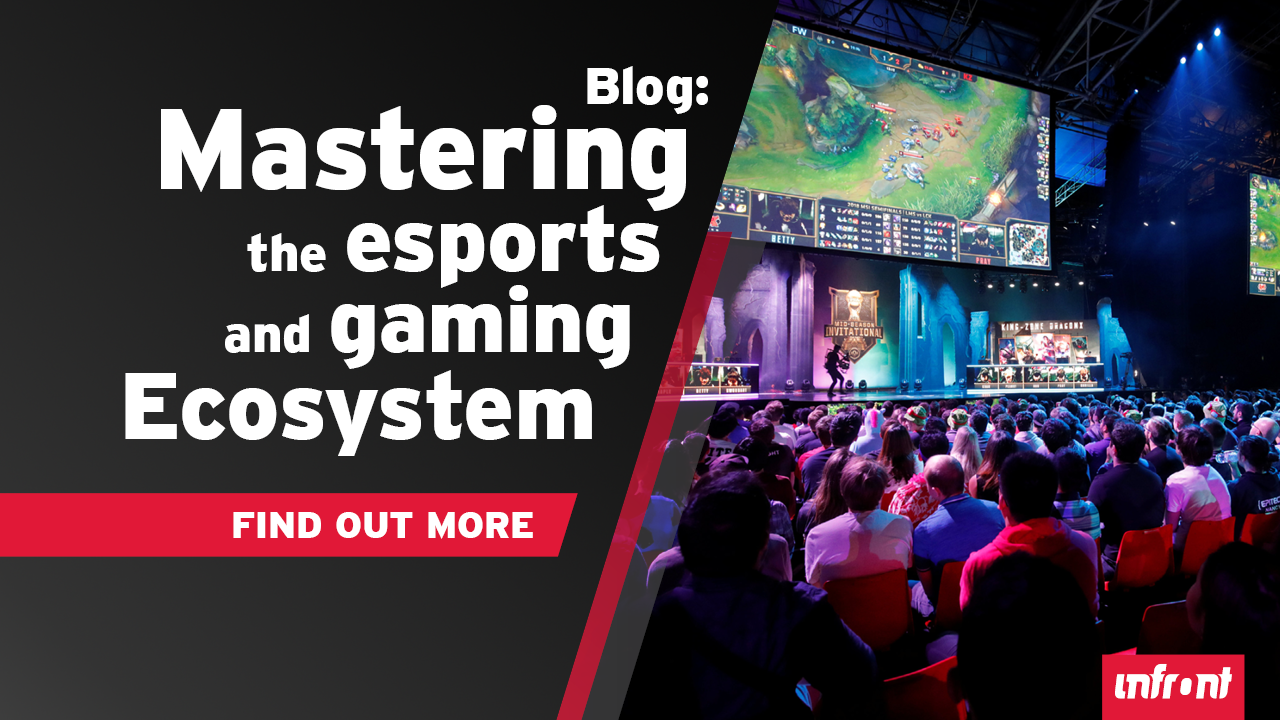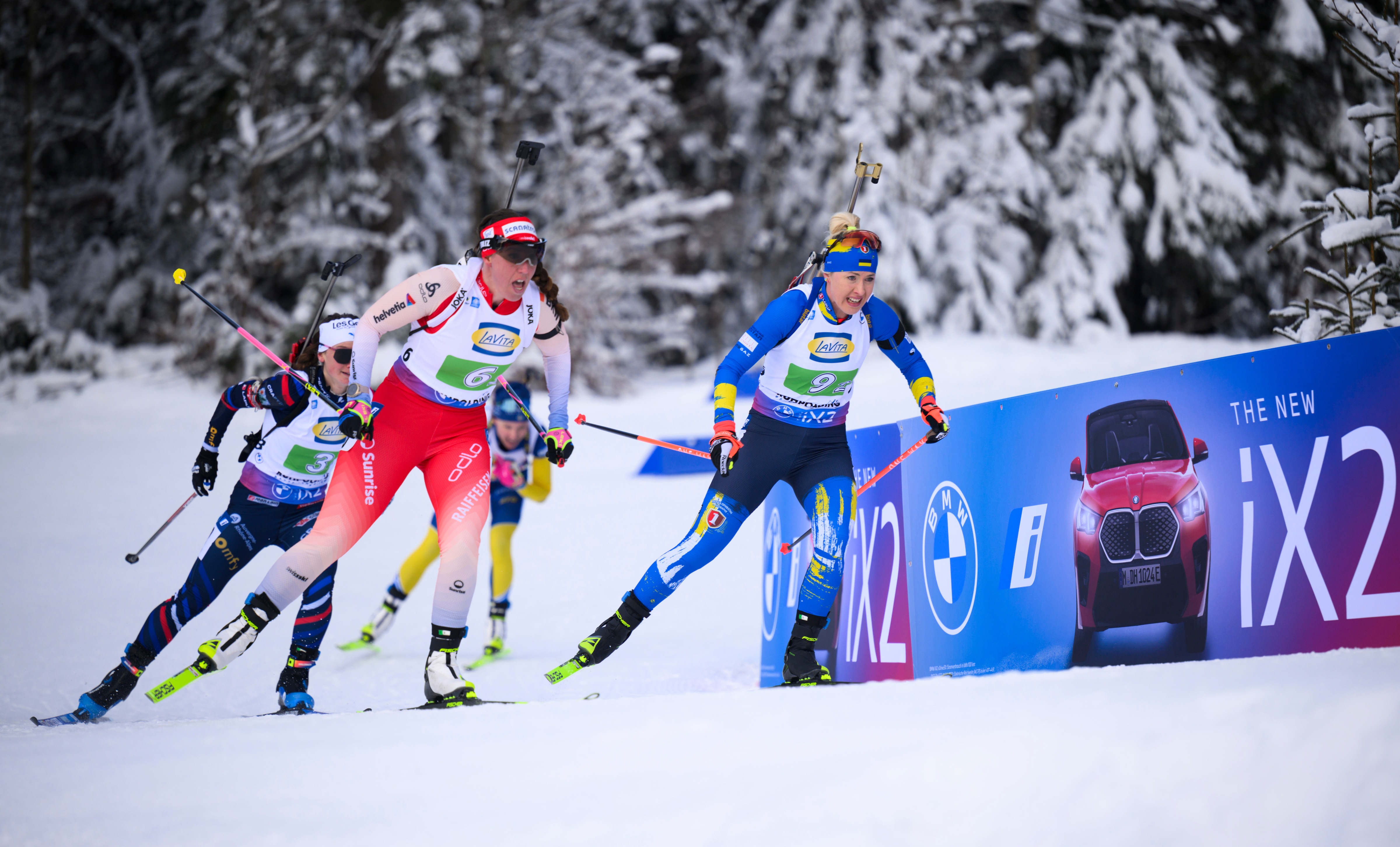Why companies invest millions in sponsorship and what they get in return

How sponsors win with strong content
Mastering the esports and gaming ecosystem
Transforming biathlon into a premier sponsorship platform
The ultimate sports sponsorship guide
Three reasons why the sports industry should care more about environmental sustainability
In sports sponsorship, EUR 50M a year can quickly cross the table for big clubs like FC Barcelona or athletes like LeBron James. The European Football Championship also showed that an investment like that of TikTok, booking.com & Co. can be worthwhile - because sport not only receives a lot of attention from an entertainment point of view, but also has enormous social relevance.
At the beginning of 2021, a rather unknown company caused a stir: TeamViewer - the software company from Göppingen in Swabia - became the new main sponsor of Manchester United. And thus casually joined the ranks of big brands like Adidas or Chevrolet.
The difference is: with GBP 47M annually (EUR 55.25M), TeamViewer invests over 10 per cent of its turnover (EUR 456M in 2020) in a single sponsorship commitment. Thus they show great confidence in this partnership, even if it has been short-term after the company announced it would not renew its current agreement when it comes to an end in 2026.
The question arises: Why? What do companies get for such large sums, apart from the logo on the chest, the sleeve or the stadium? We take a closer look at the opportunities, benefits and risks of these partnerships. They also apply in relation to partnerships with smaller clubs, leagues and athletes, which are valued at far less than EUR 50m per year.
Advantages of large sponsoring partnerships
Enormous visibility at the venue, on TV & online: Through placements on jerseys, buildings and advertising material, the sponsor gets a high presence purely visually and becomes part of the action. Depending on the objective, visibility dominates in the stadium, TV or online. In addition: Due to the increasing content of the rights holders on their social channels, the online reach is multiplied. A jersey sponsor, for example, is (almost) always carried by the prominent place on the chest, even when not the creator of the content. The situation is similar with a naming right partner - who also benefits from social geo-tagging, and becomes the home of the club and part of the language.
Association with club or athlete: Through direct proximity to the club and athletes, a strong connection to the sponsor is established in the long term and the brand is emotionalised. Fans and sympathisers transfer their positive association to the sponsor and thus ideally come into question as potential consumers and customers. This applies both to the B2C and B2B sector. This argument in favour of sponsoring also applies to smaller engagements, but the association increases with the intensity of the partnership and the type of activation.
Extensive potential for activation: Large sponsors receive extensive rights - and thus also more potential to use the partnership for campaigns, storytelling and other activation measures. This applies to both the analogue and digital space. In addition, access to players and their involvement is usually reserved for the very big partners.
Increase awareness in (new) markets through the charisma of the club/athletes: A partnership can be used strategically to support market development abroad or in new target groups.
Positioning: Sponsors are promoters and enablers of organised sport. No other form of advertising is as socially accepted.
What do the major sponsorship rights offer?
Whether large or small - the goals of sponsoring commitments are often similar: raising awareness, image building, customer interaction or sales promotion. But it is in the nature of things that larger commitments also bring more potential to make an impact. We take a look at the special features of the most popular sponsorships:
Rights |
Special Features |
|
Main & Jersey Sponsorship |
Omnipresent - whether on or off the pitch. The jersey sponsor is the largest and most important partner. In addition to numerous tangible rights, it also has large activation rights with access to athletes. |
|
Sleeve Sponsorship |
Less obtrusive, but with good media value & great activation opportunities. A place on the athletes' clothing creates closeness. |
|
Stadion Naming Right |
The home of the club & its fans. The host role in B2B is also extremely valuable. Media exploitation, anchoring in the vernacular. Potential to become a regional landmark. |
|
League or Event Naming Right |
Overarching, more "neutral" sponsorship that focuses more on fan association with an event or sport than on individual clubs. You are an enabler and not only present at individual games/clubs, but everywhere. The name is carried in all communication. |
What risks do large sponsorships entail?
A large investment also carries a certain amount of risk. Among the potential pitfalls of sponsorship deals are:
Resting on the investment: transferring money and sitting back is not enough. A sports sponsorship MUST be activated in order to achieve corresponding success. The most important thing is to put the fan & potential consumer at the centre.
Crisis: Sporting failure, injuries, suspicion of doping - when athletes or clubs fall into a crisis, the sentiment can be transferred to the sponsor. BUT: even in difficult situations, the sponsor brand can show itself as a loyal partner and supporter and thus gain additional sympathy.
Force majeure: For example, a pandemic that causes fan shop sales or entire matches to be cancelled. In such situations, it is important to think in terms of partnership and work out alternative solutions together. The digital space offers endless possibilities. The work can pay off twice over.
Outlook: Is sports sponsorship still worthwhile
As the world looks set to enter a challenging economic period the legitimate question arises: Is it still worth the investment?
One thing is certain: The market is in upheaval. In some places sponsorship revenues are rising (e.g. in the NFL), in others they have taken a hit. How the current situation will affect the medium and long term cannot be predicted at the moment.
This upheaval offers opportunities: companies that were able to increase their turnover during the pandemic are now entering the sponsorship stage, especially tech companies or trading platforms. Investors from Asia could also use the opportunity to find a favourable entry into the European or American market. At the same time, sports like esports are gaining relevance and attract the attention of big brands with their attractive audience.
So sports sponsorship is not cancelled by the potential economic downturn. The emotional connection of fans, live broadcasts and the prospect of a return to normality maintain the value of a partnership. At the same time, the learnings in the area of digital activation create significant added value and even greater potential for the future.

